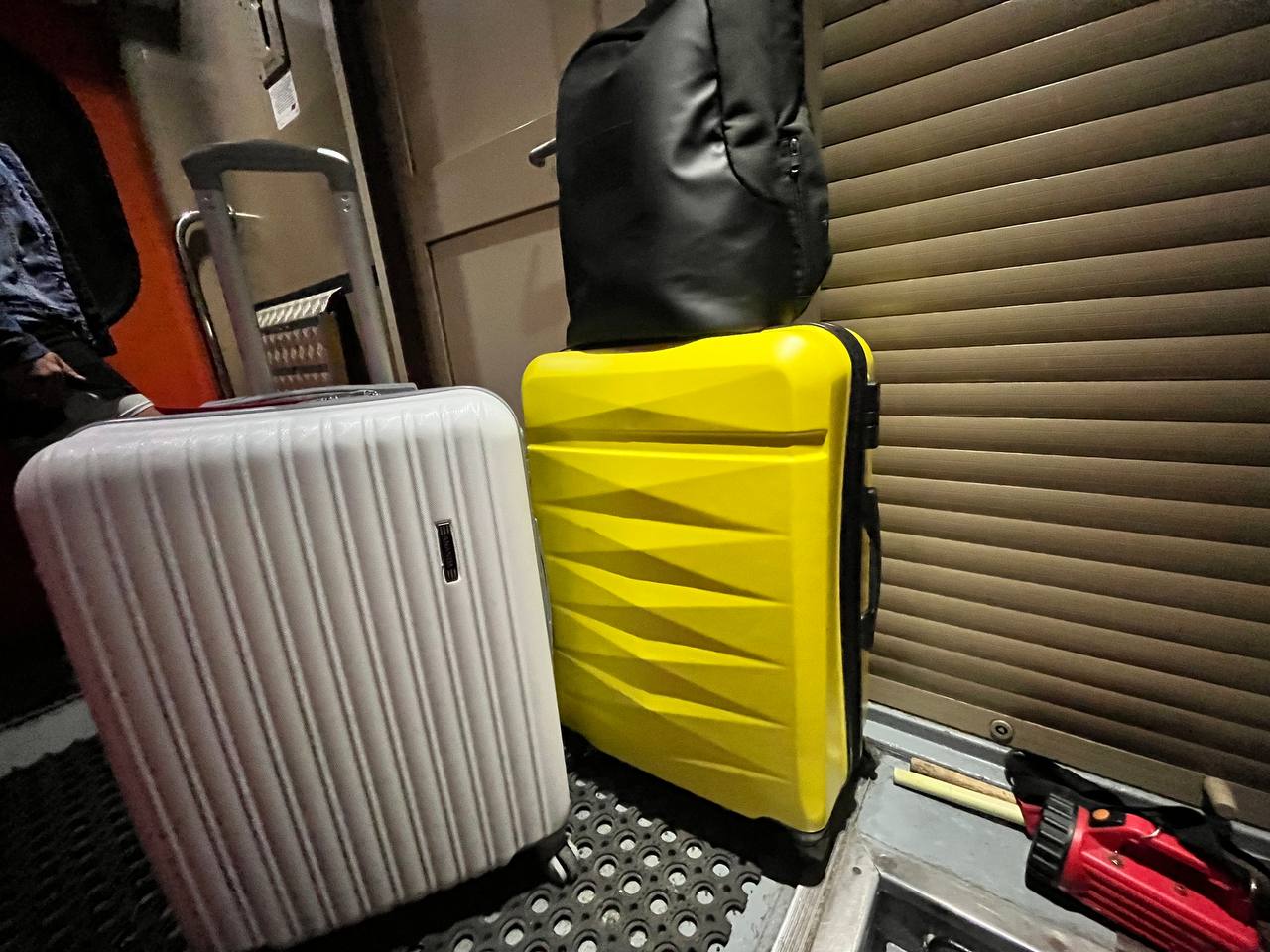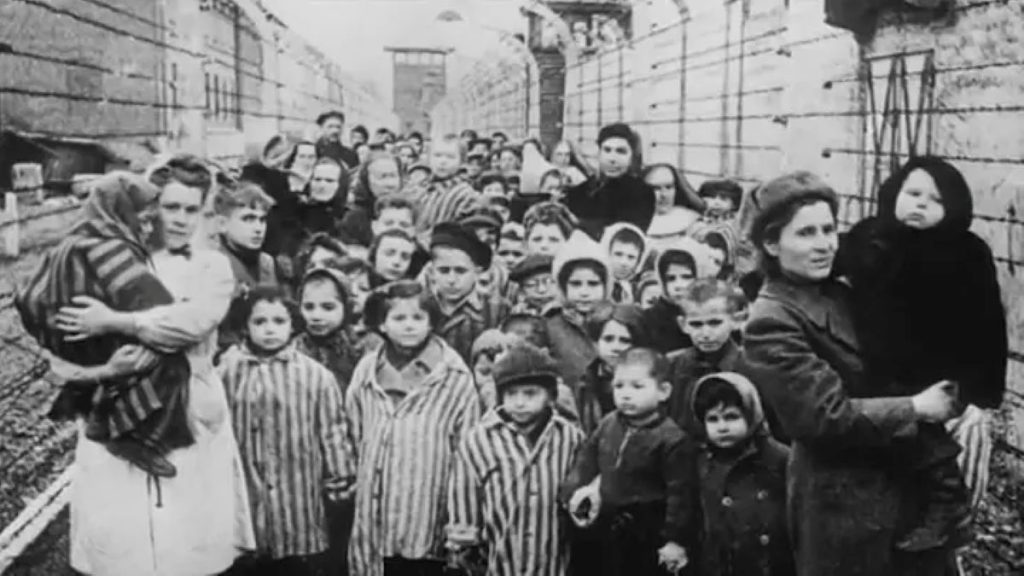According to the latest Eurostat data, in 2024 the migration situation in the European Union shows contradictory trends. On the one hand, the number of refusals of entry at external borders remained almost at the same level as last year, increasing by only 0.3 per cent to 123,655 cases. On the other hand, statistics show a sharp decline in the number of irregular migrants inside the EU: while in 2023 there were 1.27 million of them, in 2024 the figure fell by 27.4 per cent to 918,925.
These figures may indicate two possible scenarios. The first is a strengthening of the effectiveness of border controls and preventive measures, which has led to a decrease in the infiltration of illegal immigrants into the EU. The second is a general decrease in the migratory flow into Europe due to external factors, such as tougher policies of neighbouring countries or changes in global refugee routes.
Notably, the number of orders to leave the EU fell by 7.3 per cent to 453,380 cases. In contrast, however, the percentage of actual deportations rose by 19.3 per cent, from 92,540 to 110,385. This suggests that despite the decrease in the number of detected offenders, European authorities have become more active in forcibly returning refugees to their homeland.
Germany, France and Sweden lead in the number of deportees, which correlates with their traditionally high attractiveness for migrants. However, the national composition of the returnees raises questions: the most deported are citizens of Georgia (11,585), Turkey (7,910) and Albania (7,895). These countries are not active conflict zones, which raises questions about the humanitarian motives of their citizens in attempting to enter the EU. Perhaps they are labour migrants trying to bypass legal migration channels.
Thus, the Eurostat statistics reflect a complex dynamic. The decline in the number of illegal immigrants within the EU can be interpreted as a success of migration policy, but it is equally likely that the problem has simply shifted to other regions. The increase in deportations while exit orders are decreasing may indicate a more selective approach of the authorities, focusing on categories of migrants with the lowest chances of regularisation.







